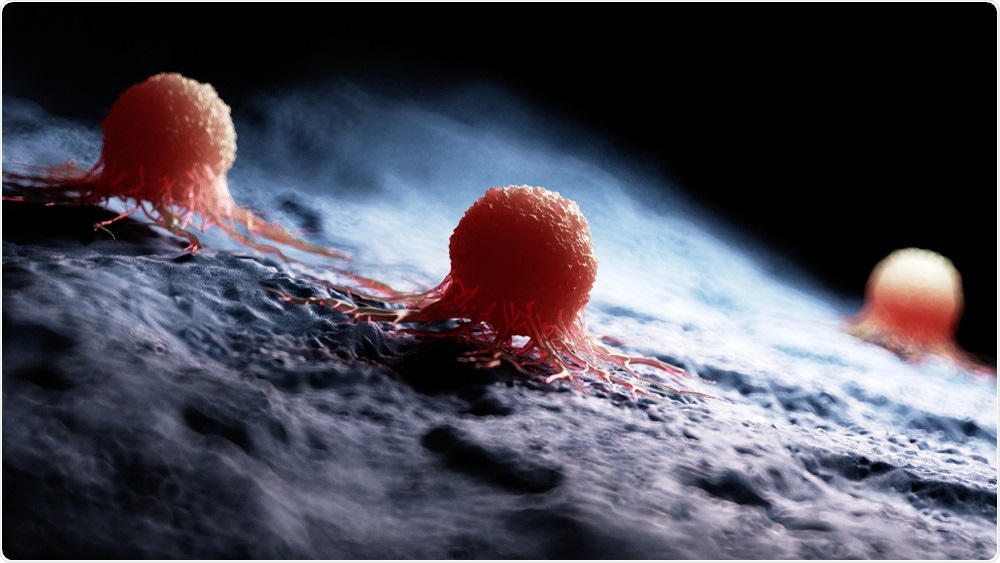Scientists from the Andalusian Molecular Biology and Regenerative Medicine Centre (CABIMER) and the University of Seville took a further step in the exploration of genetic instability, as exhibited in cancer cells.

Image Credit: SciePro/Shutterstock.com
This was achieved by the recognition of the cellular function of the THO protein complex and the Sen1/Senataxin protein at various stages of the cell division cycle.
Genetic instability is a well-known characteristic of cancer cells, identifiable as higher rates of mutations or chromosomal aberrations compared to normal cells. Replication stress created by cellular pathologies or external conditions generally creates genetic instability, which is linked i.a. with conflicts between DNA replication and transcription and with the development of aberrant structures in DNA, like DNA–RNA hybrids.
The two phenomena, the conflicts, and the hybrids are associated; however, the nature of the link is not known.
The research for Marta San Martin-Alonso’s doctoral thesis, performed at CABIMER and headed by the US Department of Genetics professors Andrés Aguilera and Tatiana García-Muse, demonstrates that these hybrids are developed differently based on the phases of the cell cycle, with particular factors present in each phase to hinder them, employing Saccahromyces cerevisiae as a model.
This included the THO complex, involved in RNA transcription and processing, which impedes hybrids from developing before DNA replication, or Sen1, the protein homologous to senataxin that is changed in numerous neurological diseases. It also impedes hybrids from developing during replication–transcription collisions. Both proteins are protected in all eukaryotes.
The research illustrates that hybrids can develop independently of replication, contradicting the theory defended by some researchers. The research also unravels new prospects to elaborate the presence of multiple cellular factors that evidently have similar functions impeding the aggregation of DNA–RNA hybrids. The research was published in the journal Nature Communications.
Provided their role in the origin of genetic instability, a clear knowledge of the mechanisms of formation and resolution of these structures and the various factors that control them might help to accurately define risk factors in cancer and to pinpoint probable therapeutic targets.
Source:
Journal reference:
Martin-Alonso, M. S., et al. (2021) Harmful R-loops are prevented via different cell cycle-specific mechanisms. Nature Communications. doi.org/10.1038/s41467-021-24737-x.